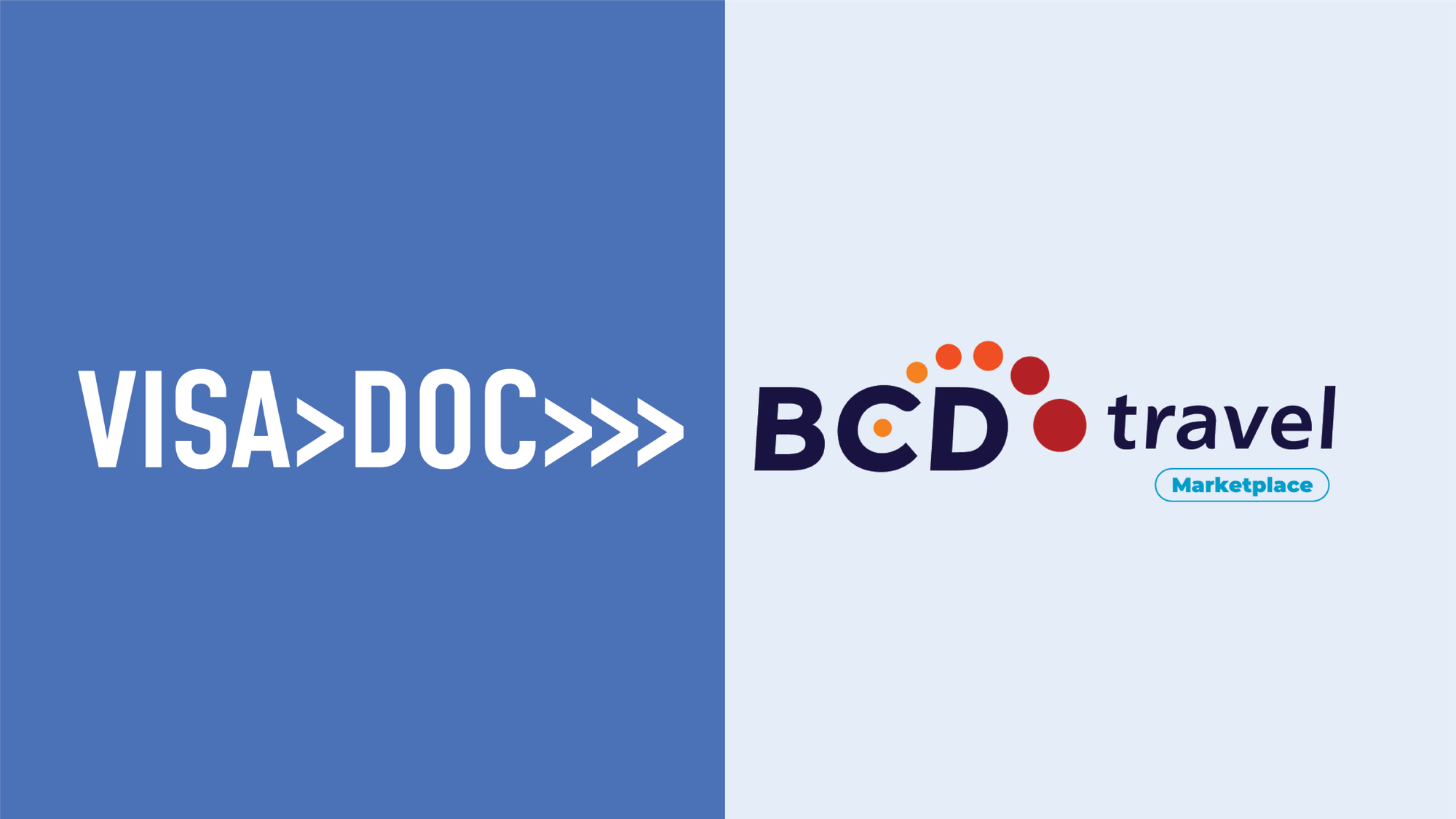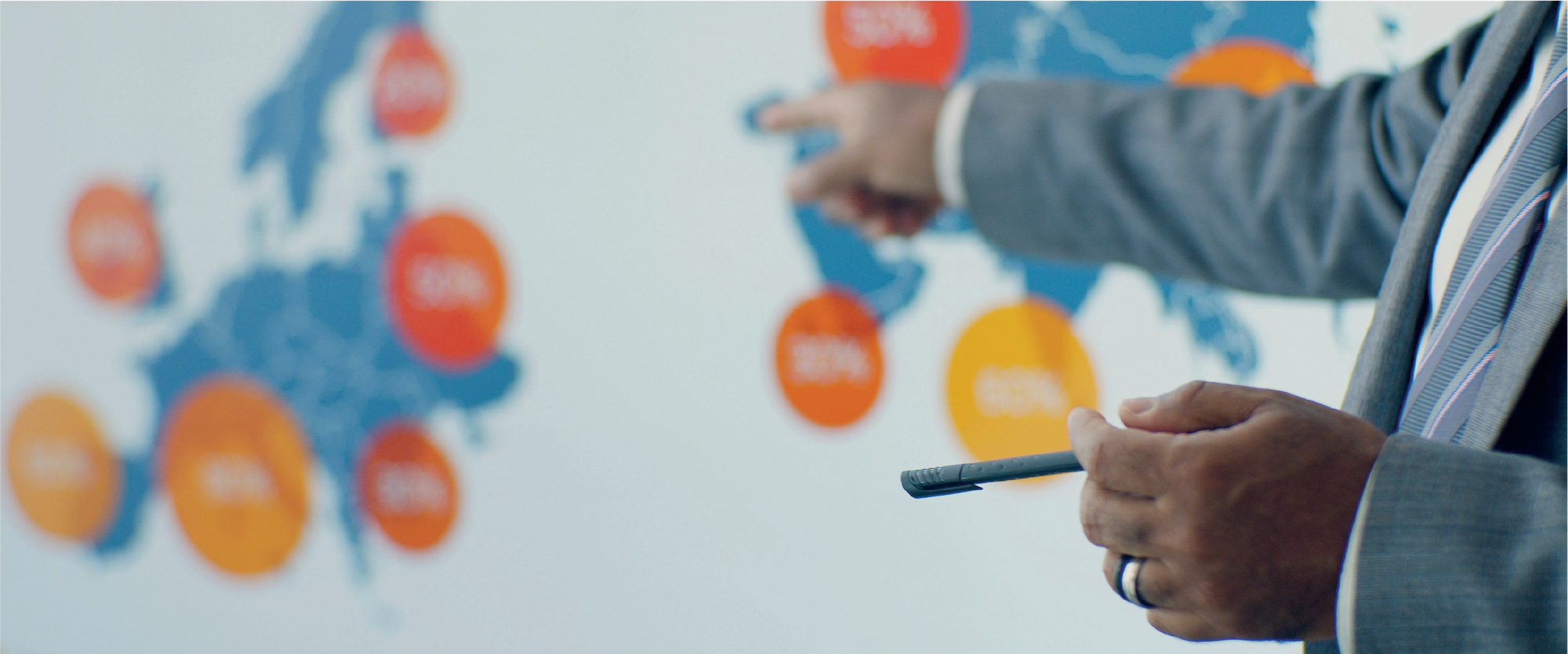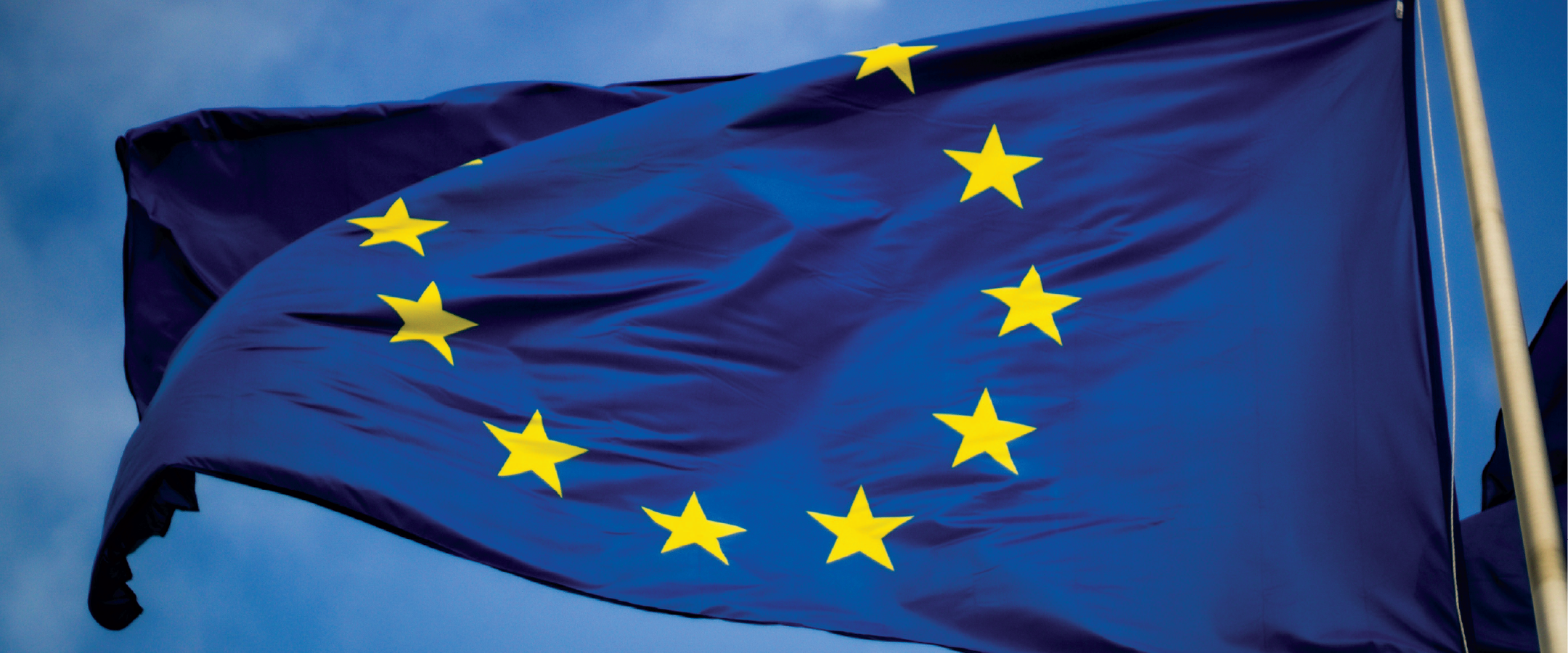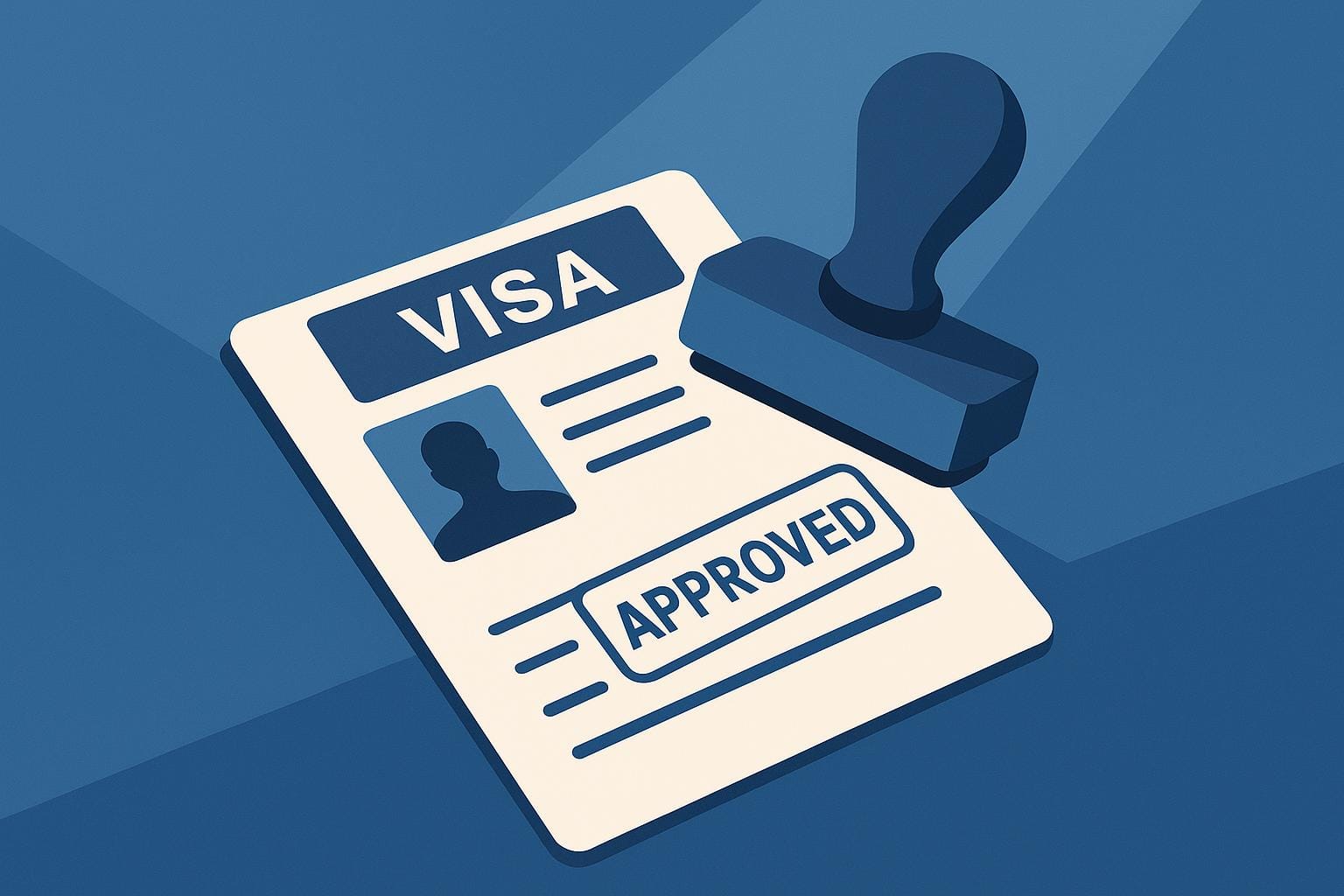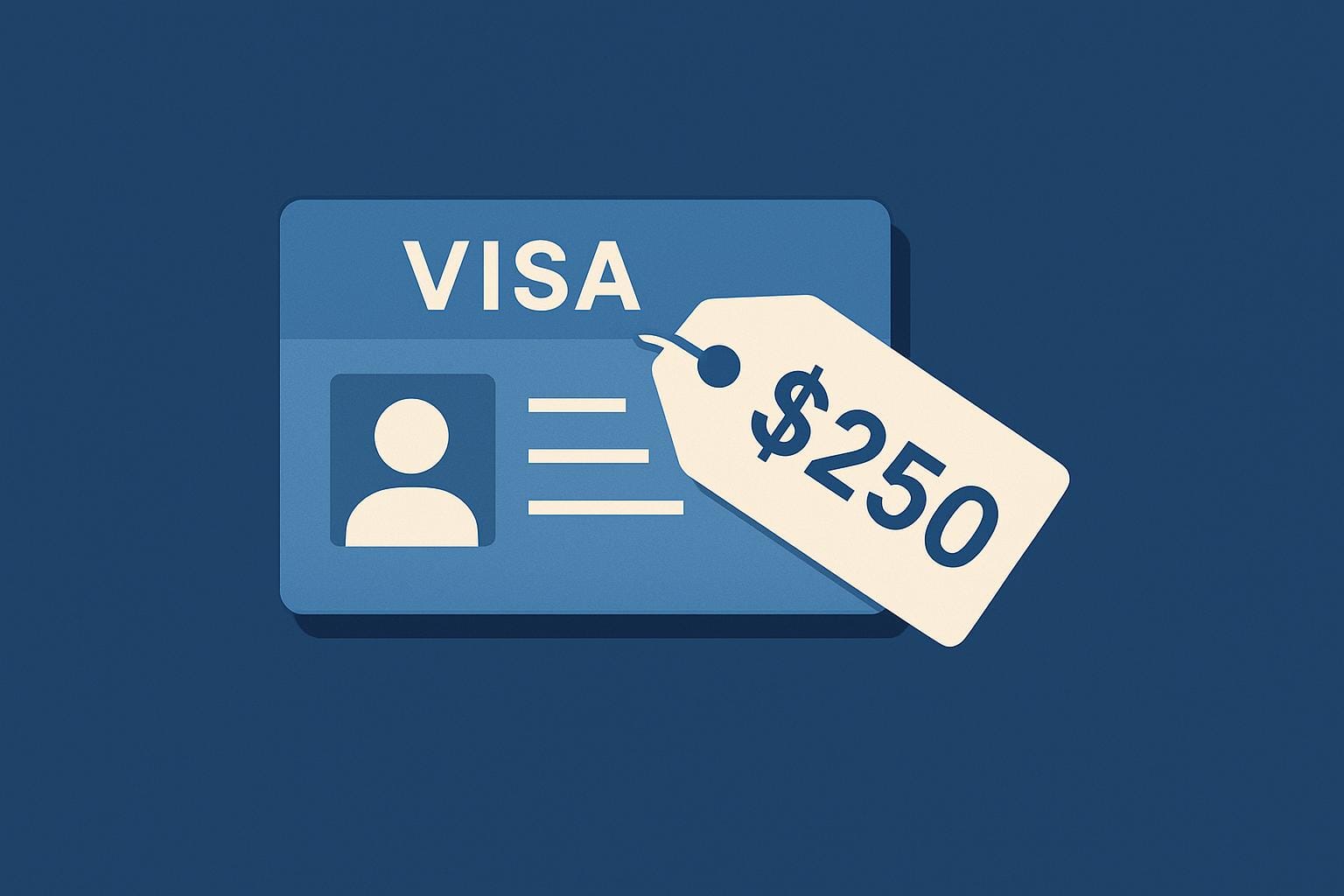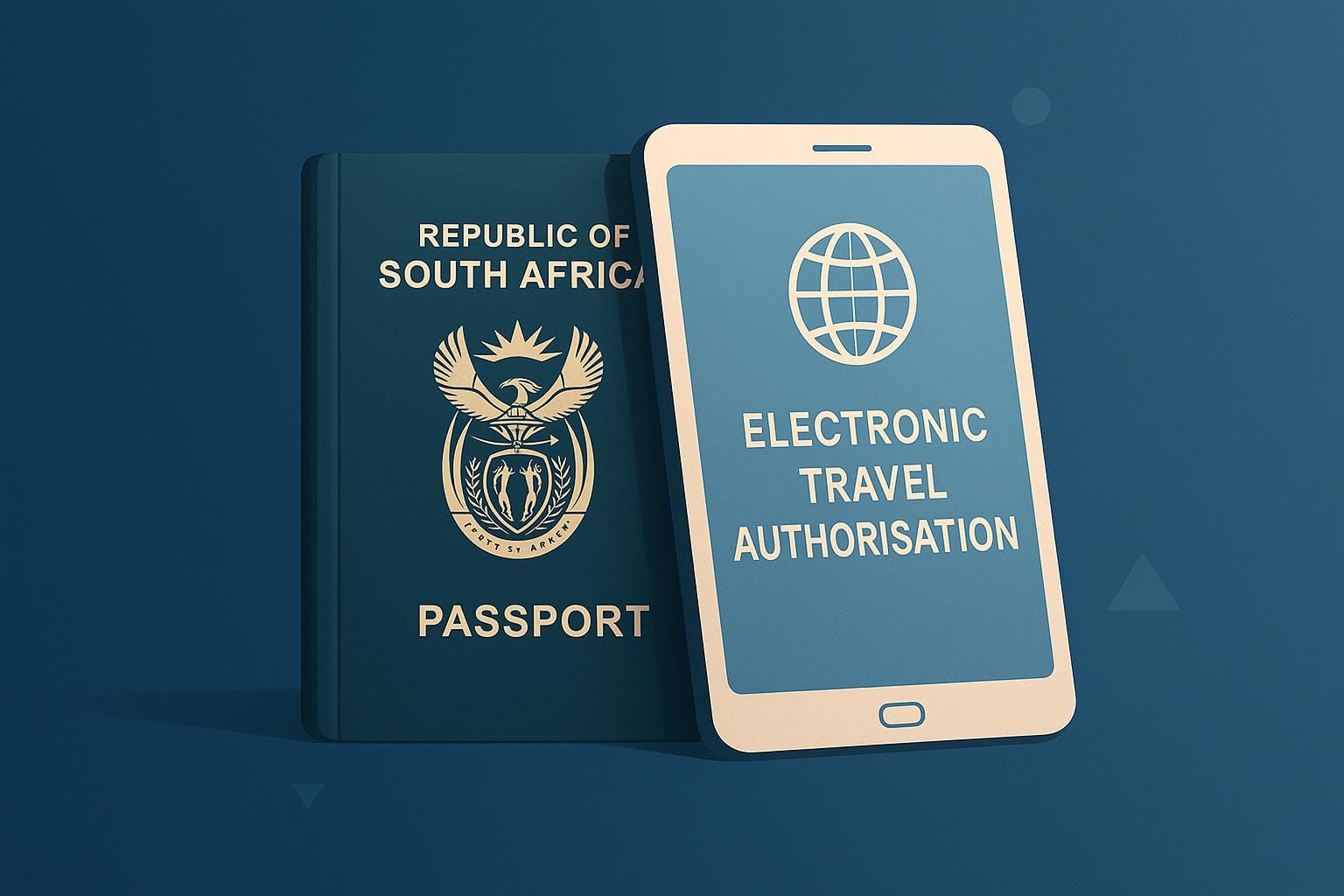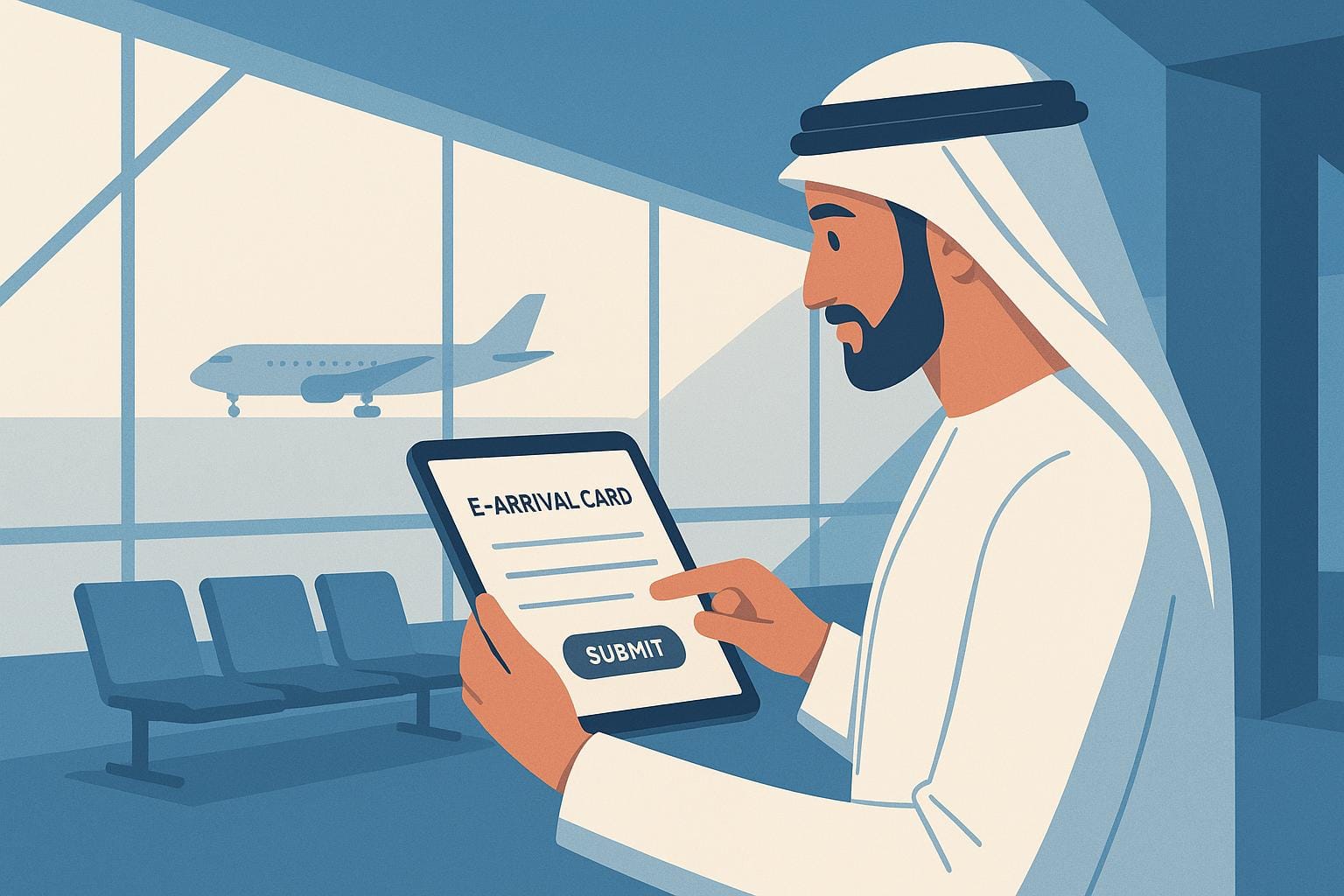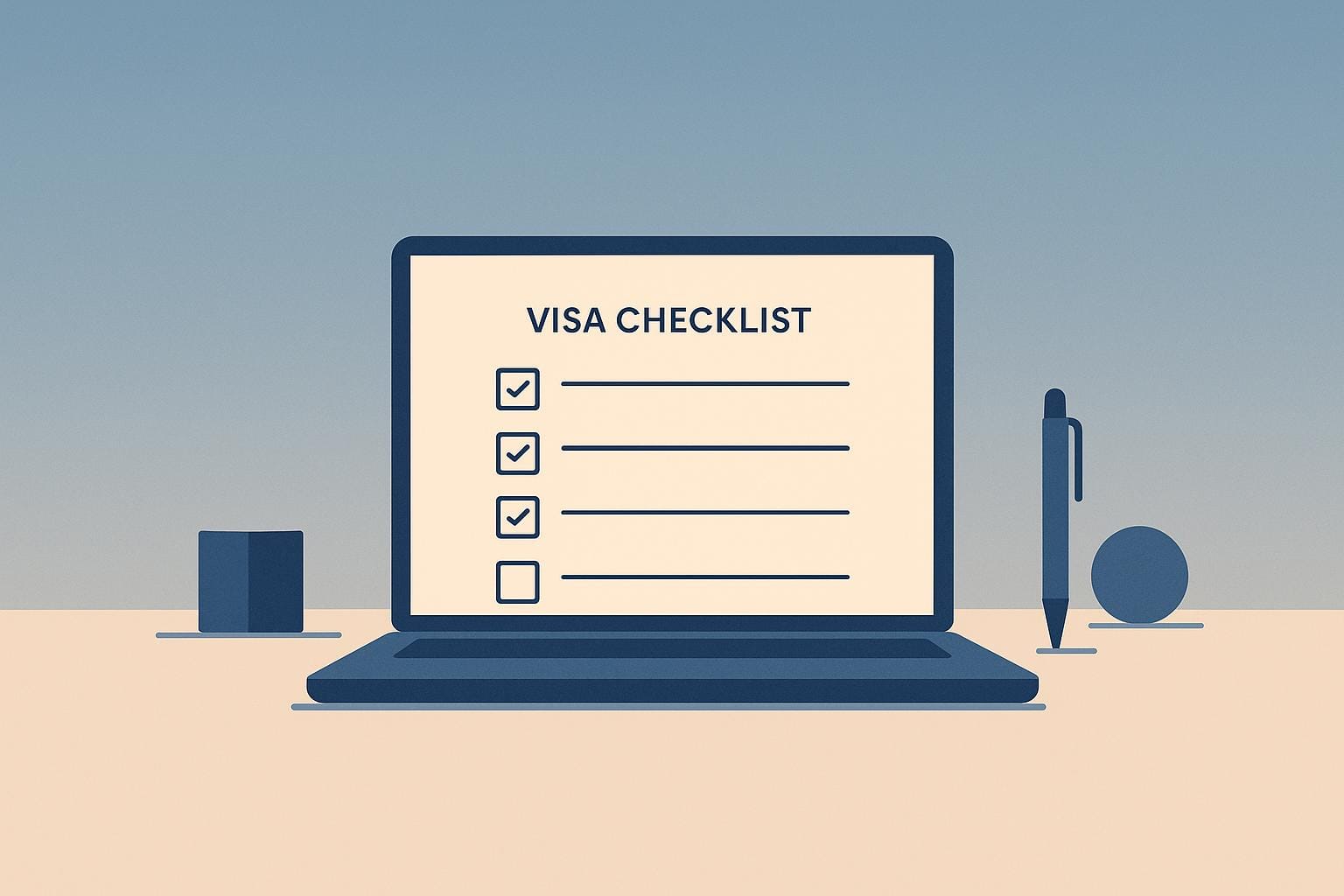The Cost of Manual Visa Management
For global enterprises, business travel is an operational necessity. Deals are signed, projects are launched, and teams are built across borders. Yet, even within an advanced business travel programme, a comprehensive approach to managing travel and business visa processes often relies on email and spreadsheets.
The result is predictable: slow turnaround, limited oversight, and inconsistent compliance. Travel managers face pressure to deliver efficiency without visibility into where time and money are lost in service fees, courier charges, or staff time.
Without tracking business metrics such as ROI, productivity, and trip success rates, organisations struggle to evaluate the effectiveness of their visa management and travel processes.
Key factors in visa management
Business visa management sits at the core of effective business travel management for any business with a global footprint. As business travellers book short-term trips across borders, companies face a complex web of compliance procedures, data protection requirements, and cost pressures.
Compliance and data protection
With regulations like the General Data Protection Regulation (GDPR) and the Health Insurance Portability and Accountability Act (HIPAA) shaping how sensitive data is processed, companies must ensure that every step of the business visa process protects sensitive information. Business visa compliance automation platforms play a crucial role in this process by embedding regulatory requirements into every travel and reducing the risk of non-compliance and data breaches.
Cost savings and administrative efficiency
Manual effort in visa processing can quickly add up, leading to hidden costs and administrative overhead. By automating visa application workflows and integrating them with HR systems, companies can save money, reduce manual tasks, and gain complete visibility into their spending. This integration also ensures that travel data is consistent across platforms, supporting accurate reporting and audit support.
Proactive risk management
Political unrest, regulatory changes, and last-minute bookings can disrupt business trips and expose companies to compliance risks. A robust visa management system provides real-time alerts and actionable insights, enabling travel managers to respond quickly and keep travellers informed. This proactive approach helps mitigate risks, ensuring that employees can travel safely and efficiently.
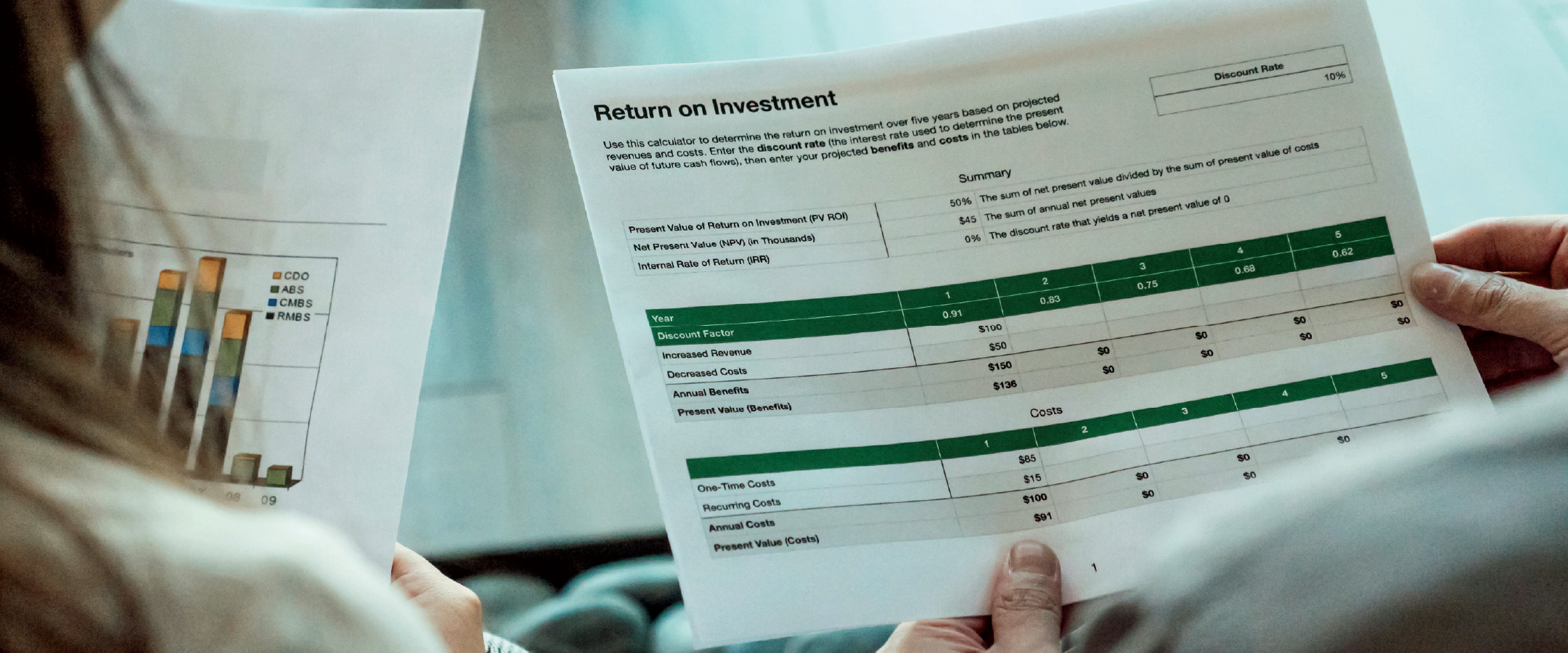
Turning process into a performance metric
Automation changes the economics of visa management. Instead of scattered manual work, each step from business visa assessment to document generation becomes a rule-based, digital task recorded in real time.
A platform like VisaDoc automates visa selection, pre-populates forms with HR or booking data, verifies document completeness, and issues reminders before deadlines expire. Key features of automation include integration with existing booking tools and expense systems, real-time tracking of visa processes, and comprehensive compliance management.
That shift matters because it converts a once-invisible process into a measurable system with financial outcomes.
1. Cost savings that can be quantified
Manual visa handling consumes time. A corporate travel team might spend twenty to thirty minutes per traveller on coordination and verification. Multiply that across thousands of trips, and the hidden cost of “administrative effort” often exceeds the visa fees themselves.
VisaDoc’s automated workflows reduce this manual input by up to 90%. The platform captures and reuses traveller data, instantly identifies missing documents, and prevents duplicate submissions.
When these efficiencies are measured across a year, enterprises record three types of savings:
- Direct savings: Lower third-party service fees and fewer courier costs.
- Indirect savings: Fewer reworks, cancellations, and emergency bookings.
- Opportunity savings: Staff time redirected from paperwork to strategic tasks.
2. Compliance automation that reduces exposure
Compliance is often discussed in abstract terms, but for travel managers, it’s measurable: missed renewals, undocumented entries, or data exposure incidents. Each carries financial and reputational risk.
VisaDoc embeds compliance logic into every transaction. The system automatically applies local immigration rules, securely stores supporting documents, and issues real-time alerts when a traveller approaches the end of an authorised stay.
All data remains within the boundaries of the General Data Protection Regulation (GDPR) and is encrypted both in transit and at rest. Audit reports can be generated in seconds, providing evidence for internal review or external authorities.
This approach also protects sensitive information under frameworks such as the Health Insurance Portability and Accountability Act (HIPAA) and other national privacy laws.
3. Complete visibility and spend accountability
One of the most challenging questions for any travel manager to answer is, “How much do we actually spend on business visas?” Traditional systems can’t provide that number accurately.
VisaDoc records every visa event: traveller, destination, and approval status. This information is consolidated from multiple applications, simplifying oversight and reporting by bringing all relevant data into a single dashboard.
This visibility reveals undocumented spending and enables comparison across countries, vendors, or visa types. It also strengthens supplier negotiations. When procurement can demonstrate consolidated volume, it gains leverage to secure negotiated rates with outsourcers and government partners.
Spending data becomes bargaining power.
4. Traveller satisfaction as a measurable business metric
Business traveller satisfaction affects compliance and cost. When the process is slow or unclear, employees delay submissions, book last-minute flights, and create expensive exceptions.
A well-structured corporate travel programme plays a key role in boosting business traveller satisfaction and supporting employee duty of care by ensuring policies and processes are clear and traveller needs are met.
VisaDoc provides guided digital workflows, automated notifications, and instant visibility on application status. Business travellers have access and know what is required and when it’s approved.
That consistency reduces non-compliance and improves the overall travel experience, an outcome that now appears in many companies’ performance dashboards as customer satisfaction (CSAT) or employee experience (EX) metrics.
5. Sustainability and responsible travel
Automation indirectly contributes to more sustainable travel. By connecting visa, booking, and travel data, companies can plan trips more efficiently, avoid unnecessary flights, and track their carbon footprint. Paperless documentation further reduces administrative waste.
VisaDoc’s consolidated reporting supports corporate sustainability targets by linking visa activity to each department’s travel footprint. Tracking the organisation's carbon footprint from business travel is essential for meeting sustainability objectives, as it enables companies to assess and reduce CO2 emissions associated with their operations. Compliance and sustainability become part of the same measurement framework.
6. Risk management through real-time alerts
Political unrest, regulatory changes, or embassy closures can render a visa invalid overnight. Manual systems detect these issues too late.
VisaDoc monitors real-time alerts from government and consular sources. Travel managers receive updates instantly when conditions change, allowing them to adjust itineraries or apply for alternative visas before disruption occurs.
That responsiveness mitigates financial loss and protects employees abroad, two outcomes that directly influence a company’s risk-management score.
7. Measuring ROI: from process to performance
To calculate the return on investment of business visa automation, travel managers often track five key factors:
- Processing time saved per application × average labour cost
- Reduction in third-party fees from avoided rework
- Compliance rate improvement year over year
- A decrease in last-minute bookings caused by visa delays
- Traveller satisfaction increases as measured through feedback or CSAT
Having the right strategy in place is essential to maximising ROI from business visa automation, ensuring these factors are leveraged effectively to achieve optimal results.
8. Building continuous improvement into the travel programme
Automation doesn’t end with implementation. VisaDoc’s analytics provide actionable insight into how visa processes perform over time, where bottlenecks form, which markets consume the most resources, and how approval times vary.
This supports a culture of continuous improvement, aligning with broader business systems that already track procurement or HR efficiency. Businesses can leverage these analytics to optimise their travel and visa management processes, ensuring compliance, reducing manual effort, and minimising costly errors.
Travel managers can use the data to forecast demand, plan budgets, and justify technology investments with clear evidence.
9. From compliance to competitive advantage
Business visa management has traditionally been a reactive process, responding to government changes and internal travel requests. Automation turns it into a proactive discipline.
By automating routine tasks, ensuring compliance, and providing complete visibility, VisaDoc empowers travel managers to run mobility as a measurable business function.
The return on investment appears in faster approvals, fewer compliance incidents, reduced administrative overhead, and stronger supplier negotiations. Every saved hour and verified document contributes directly to corporate efficiency and risk control.
For enterprises operating across multiple jurisdictions, this is the foundation of a sustainable, compliant, and financially accountable travel programme.
Book A Demo with our experts today.
Frequently Asked Questions
What is business visa automation?
Business visa automation uses digital systems to manage visa assessments, documentation, and compliance tracking. It replaces manual effort with structured processes that improve accuracy and accountability.
How does automation improve ROI in business travel?
Automation reduces labour time, prevents errors, and provides real-time spend data. This converts hidden costs into measurable savings, giving procurement teams stronger control over budgets.
Can automation reduce compliance risks?
Yes. Automated compliance tools apply visa rules consistently and alert travel managers to expiring visas or missing documents, helping companies avoid penalties. Automation also enforces travel policies, ensuring consistent adherence and reducing the risk of non-compliance.
Does VisaDoc integrate with existing travel and HR systems?
VisaDoc connects directly with corporate booking tools, HR databases, and expense platforms, ensuring data consistency and reducing duplication.
How does automation support sustainability goals?
Digital workflows reduce paper use, eliminate last-minute travel, and enable companies to track the carbon footprint of business trips alongside visa activity.
How secure is the data?
VisaDoc operates in accordance with the GDPR and other relevant privacy frameworks. All sensitive information is encrypted, access is role-based, and companies can delete records once a visa is issued. VisaDoc uses advanced security measures, including encryption, access controls, and data masking, to protect sensitive information and ensure regulatory compliance.



